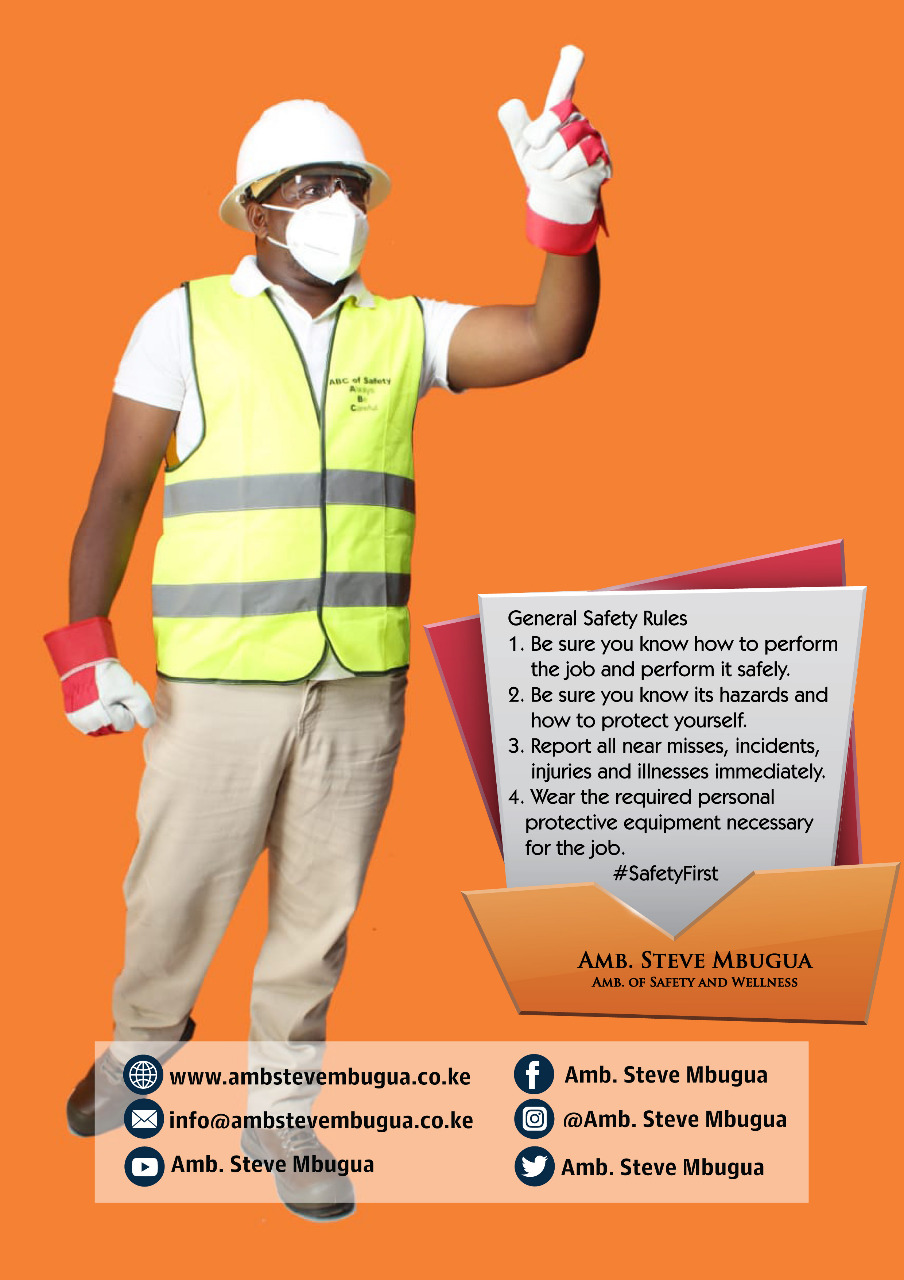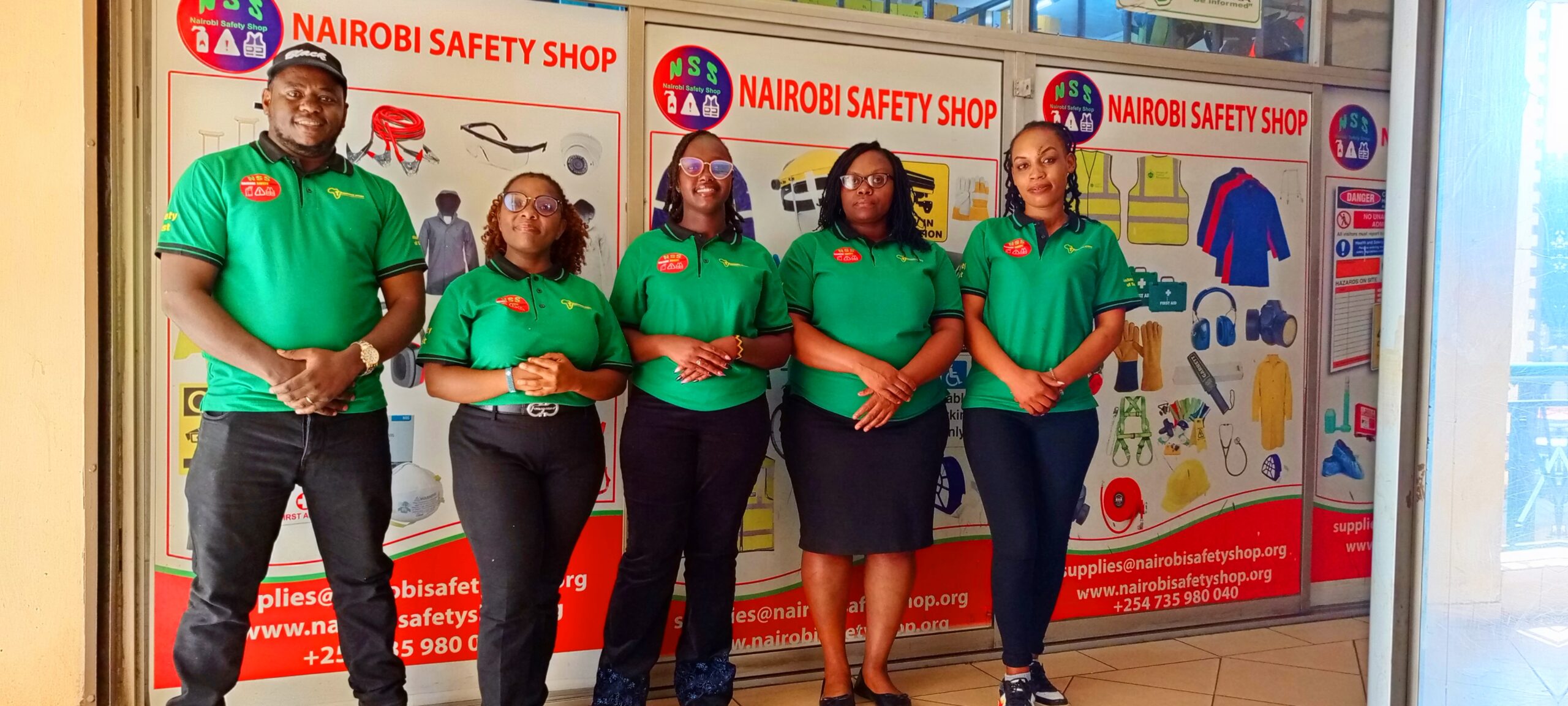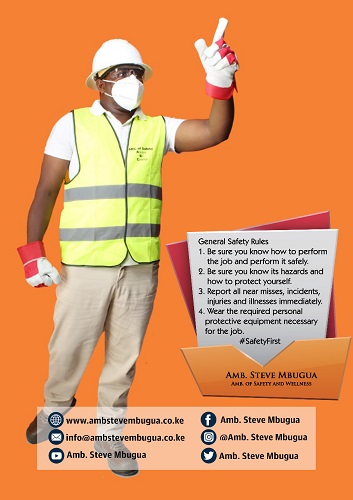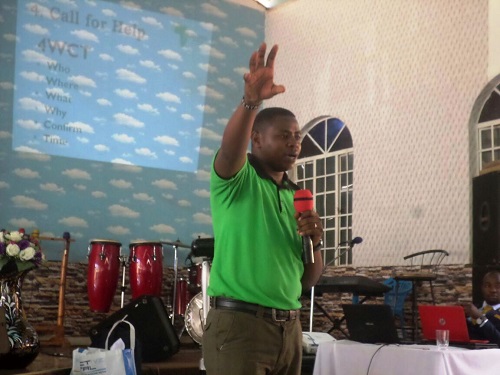Effective emergency and disaster response and preparedness is important for achieving the goals of Vision 2030 and the Millennium Development Goals. The 2009 National Policy for Disaster Management In Kenya indicates that the country’s disaster profile is dominated by droughts, fires, floods, terrorism, technological accidents, diseases and epidemics that disrupt people’s livelihoods, destroy the infrastructure, divert planned use of resources, interrupt economic activities and retard development.
Communities in Kenya are predisposed to disasters by a combination of factors such as poverty, aridity, Settlement in areas prone to perennial Flooding or areas with poor housing, infrastructure and services such as the informal urban.
Kenya has a draft National Disaster Risk management Policy which integrates Disaster risk management in planning and budgeting. The policy is to provide leadership in the development of risk reduction measures and disaster management for sustainable development in Kenya. County Governments are also being sensitized on the need to come up with County Disaster Risk Management Policies and also plan for disaster risk reduction funds. Meanwhile the National Government is devolving funds for disaster management to all Counties.
Challenges and opportunities for improvement
The challenges affecting the devolution of disaster management in Kenya could be categorized as strategic, operational, institutional and funding. Strategic risks are perceived to be those that adversely affect the future shape and form of devolution in Kenya, especially in terms of their effect on the anticipated outcomes, in relation to the provisions of the constitution. These include misinterpretation of the Constitution of Kenya 2010 provisions in relation to devolution, political posturing and the electioneering processes as well as inadequate stakeholder understanding of the provisions and implications on devolution. On the other hand, operational risks relate to those that impact on the efficacy of the implementation of identified provisions in relation to the devolution processes. These include lack of capacity, poor public communication interventions, half-hearted implementation efforts and poor networks amongst key.
To begin with, the lack of understanding of key issues around devolution is generating a great deal of mistrust between stakeholders with some, especially the minority coalition in both houses of parliament, believing that the national government is seeking to frustrate devolution. Some counties, for instance, contest the piecemeal transfer of functions that has taken place so far, arguing that all powers provided in Schedule Four of the Constitution be transferred at once. This demand is partly driven by belief on the part of county governments that officials of the national government and local government structures being phased out remain resentful of the invasion of their previous scope of authority. While this may be true, the reality on the ground is that many county governments, if not all, lack the capacity to absorb all such powers within such a short term.
Fundamentally, the success of disaster management devolution will require huge resources, public awareness, capacity building initiatives and highly committed personnel, institutions and organizations, founded on the national values as enshrined in the Constitution. The essence of devolution is that at the local level the people are allowed a certain flexibility within which they can make decisions that are unique to themselves and their locality. They are allowed a measure of self-governance at this level but at the national level, decision-making is shared.
National and county governance are vital in enhancing the effectiveness of this two-tier government, yet this cannot not wish away the myriad of challenges that this system attracts.
These include;
I. Capacity: There are possible challenges on capacity should the preparedness and response services be devolved to county levels; Overall training of personnel to serve at county levels through training institutions.
II. Change management: The constitution changes the ways of doing things in Kenya including business. Devolved governments across counties face diverse situations due to the different socio-economic conditions and cultural setups including the people’s mindset in favour of great development with increased people’s participation. It shall be instrumental for the civil society organizations to continue building linkages and oversight partnerships with governments, development partners, the judiciary and legislature, to ensure that systematic change management takes place.
III. Transition: Kenya’s devolution is a massive transition and requires taking stock of the current situation and making decisions about staffing counties and appropriately phasing in functions/resources; but there has been very little attention to strategy.
Main Challenges
1. Lack of adequate funding to devolve DRM structures to the county level still remain a challenge and to address root causes. Priority for response and poverty eradication has continued to supersede Risk reduction and preparedness.
2. DRR is a cross cutting issue in development planning in Kenya. So it is not easy to plan for it as a stand-alone sector and so attach budgets to it. Instead, budgets are allocated to relevant mainstream sectors like Agriculture, Water, Health, etc. In the same way it has not been easy to seek funding for it as a standalone sector. The frequency and severity of the disasters being experienced in Kenya attract most of the funds available towards response, leaving little or none for risk reduction.
3. The most notable challenge is resistance more so in marginalized counties. Resistance to change is a common phenomenon for individuals and organizations. One reason for resisting change is the absence of an obvious need for it. Change will be resisted if the current way of doing things has been successful in the past and there is no clear evidence of serious problems. Incommensurable beliefs, or strong and definitive disagreement among groups about the nature of the problem and its consequent alternative solutions, deep rooted values and emotional loyalty are key contributors to resistance during transition period.
4. Lack of a unified and comprehensive disaster management policy has affected coordination on disaster management both within government and among other stakeholders. However, with the expected approval of the DRM and EMS Policy, an umbrella coordination mechanism will be put in place which will harmonize all the existing ad hoc policies on DRM.
5. A shift in mindset from response to risk management is yet to be fully realized even within the political cycles. This has resulted into low prioritization of risk reductions matters when it comes to allocation of national budgets. This should again be resolved once the expected draft policy is enacted and the best practices in Disaster Reduction and Prevention are embraced.
Progress
1. County, Sub-County and Local Disaster Management Committees are in place in most parts of the Country. Most of them have received some form of training courtesy of NGOs and government initiatives. Following the Post-Election Violence in 2008 , Peace Committees have been instituted in most communities to preserve peace and prevent conflict. Through the County Administration that has networks across all counties, the government is able to create awareness and early warning in case of epidemic outbreaks, or pending disasters. The liberalization of media in local dialects ensures that early warning and awareness creation on disasters spreads to virtually all the communities.
2. The national Government through the Ministry of Interior and Coordination of National Government is creating awareness to hazards through its structure of Nyumba Kumi (Ten House) Concept, Asst.Chiefs, Chiefs, Asst.County Commissioners, Deputy County Commissioners and County Commissioners.
3. Disaster Risk Reduction Ministry Sector Ministries such as devolution and Planning, Interior and Coordination of National Government, Agriculture and Fisheries development, Environment water and Natural Resources have key components of their budgets dedicated for disaster risk management. Most County Governments are currently setting aside budgets for disaster risk reduction.
4. Kenya has developed Kenya Initial Rapid Assessment (KIRA) tool, a multi-sector, multi-agency tool whose purpose is to provide a fast overview of a humanitarian situation in order to support evidence based decision making in early stages of a disaster.
5. The Kenya Meteorological Services have devolved their early warning services to the County levels so as to strengthen risk assessment and early warning systems in the Counties where disaster strikes the most.
6. All Major disasters are monitored by the existing lead agencies. National Disaster Operation Center(NDOC) monitors all forms of disaster such as accidents, fires, conflicts earthquakes, volcanic eruptions at village level. The information is relayed through the provincial administration from the village elders, to the local chiefs who in turn send the daily report to Sub County to County commissioners for collating and onward reporting to the National Disaster Operation center.
7. Government officers from key ministries have been targeted by key humanitarian agencies for training with the aim to mainstream DRR within their respective sectors.
8. Key national institutions for disaster risk management are in place and a few more are in the pipeline. With the promulgation of the new constitution which has emphasis on devolution, it is expected that these national institutions will in the next few years devolve as a matter of priority to the county and sub-county levels. Human resource development in the area of disaster risk reduction has picked up with some key universities taking a lead role. Masinde Muliro University of Science and Technology in western Kenya now provides fully fledged certificate, diploma, graduate and postgraduate courses in disaster risk management. Other universities are following suit.
9. The Kenya Institute of Education has initiated measures to mainstream disaster risk management skills and knowledge into the education curriculum. This process will need to be supported further to realize its goal of entrenching disaster risk reduction into the education system.
- Recommended Actions:
Improving emergency and disaster Response and preparedness requires increased and sustained resilience of vulnerable communities to hazards through diversification of measures and coping strategies. - All counties should come up with measures to Prevent disasters and minimize the disruption they cause by putting mitigation structures in place.
- Enhancing existing capacities by improving the measures that are already in place and those put in place by the national government.
- Building the capacity of institutions to act appropriately in the face of disasters.
- Building a well-managed disaster response system.
- Build community awareness on the different disaster risks that the various communities face and design local disaster management plans.
- The government is ultimately responsible for disaster management, all citizens are responsible for taking measures to protect their own lives and property.
- Working to reduce people’s vulnerability to disasters by ensuring that disaster policy intersect with development policy and poverty reduction.
- DRR should be multi-sectoral and applicable at all levels of the society and the county heads to ensure its all inclusive
Conclusion:
The Government of Kenya has recognized the growing threat of disasters to both lives, properties and economy to the achievement of its development goals; and, in response, has improved its capacity to prevent, Manage and recover from disasters and to adapt to the impacts.
The county governments ought to come up with disaster risk reduction initiatives that can manage the specific risks they are prone to.
The National Disaster Operation Center should enhance the devolution of DRR to all counties, ensure there are trained personnel, enough resources and the communities receive awareness on disaster preparedness and response through massive sensitizations.
All the stakeholders like the Kenya Red cross, St John Ambulance, NYS, Fire brigades, Kenya police and other relevant bodies should team up to mitigate by helping in capacity building.
Disaster Risk Reduction is a culture that should be embraced in all levels of government and every Kenya has a role to play.
Please follow these links for a variety of Disaster awareness videos. https://www.facebook.com/makinikaafrika.org/




















Your website has outstanding web content. I bookmarked the website